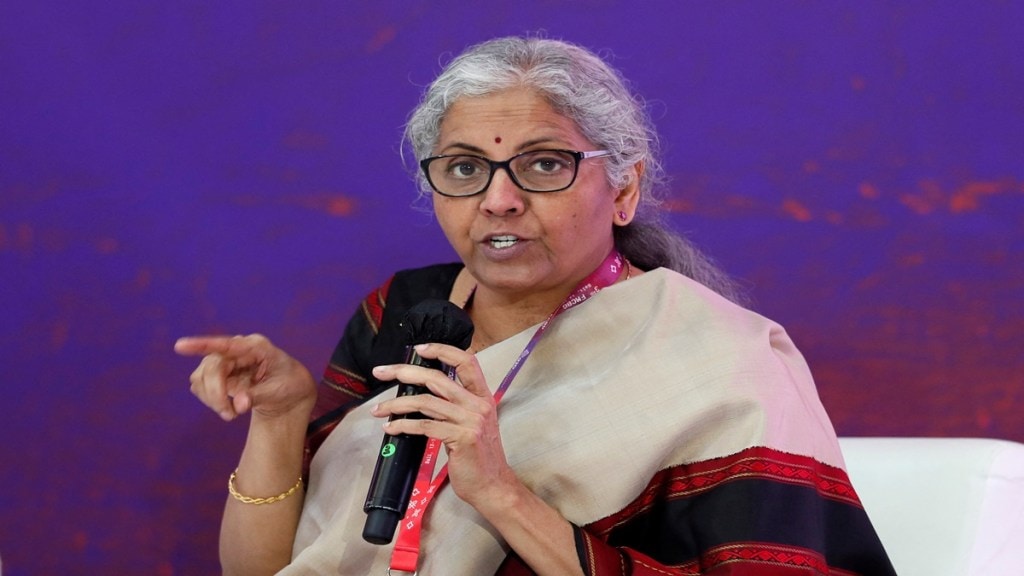The Goods and Services Appellate Tribunal (GSTAT), unveiled on Wednesday, will commence hearing cases by December to reduce litigation and free up working capital for the industry, especially small firms, finance minister Nirmala Sitharaman said.
The GST Appellate Tribunal has been a missing element in the GST architecture.
“This (lack of GSTAT) especially affected the small and medium businesses. With the GSTAT coming in now, Centre and states on board, we open a new era of predictable, specialised jurisprudence,” Sitharaman said.
Largest Tribunal to Streamline GST Appeals
The process of the first appeal under the GST regime happens through individual tax officers, but the second appeal against the orders of the first appellate authorities under Central as well as State tax administration lies with the GSTAT. Therefore, this is the first forum at which the adjudication process converges under all GST laws and all tax administrations. Taxpayers aggrieved by the orders passed by the appellate/revisional authority can approach the GSTAT instead of approaching the respective High Courts, thereby reducing their caseload.
This will be the largest Tribunal in the country with 116 members, 32 benches and 45 locations, said Sanjaya Kumar Mishra, President, Principal Bench, New Delhi, GSTAT. The Tribunal will have a pendency of more than 4 lakh cases from day 1, Mishra said.
Predictable Jurisprudence and Faster Cash Flow
GSTAT will ensure predictable jurisprudence and reduce legal frictions, benefiting MSMEs and exporters, Sitharaman said.
“GSTAT is a natural extension of the reform arc, an important advance for ease of doing business and a vital forum for justice,” she said.
The minister said the “outcome we seek is straightforward: reduced legal frictions, greater simplicity, and delays in litigation addressed proactively, so cash flows move faster, MSMEs and exporters invest with confidence and citizens feel the benefits of the system.”
She said the next generation GST reforms are benefiting citizens with a nationwide GST Bachat Utsav currently underway across sectors and everyday life. On September 3, the GST Council approved a major restructuring of the indirect tax by pruning the number of main slabs to two — 5% and 18% — and introducing a special 40% rate for sin goods, a move that will lower the tax incidence on a wide section of businesses and benefit the end-consumers. The 12% and 28% rates have been abolished.
GST has grown as a reliable revenue source, widened the tax base, encouraged formalisation and become a foundation of India’s growth story, the minister said.
She said GSTAT is not just an institutional milestone, it is a symbol of how far GST has come in the last eight years, and it is also a powerful reminder of India’s determination to continue improving, reforming, and adapting it for the future.
